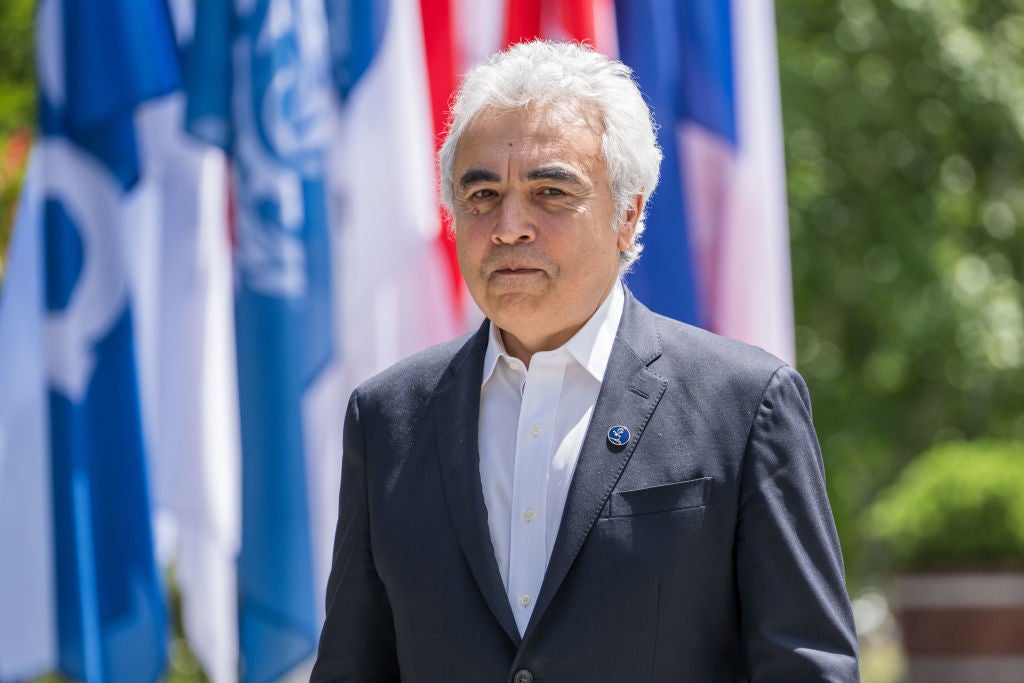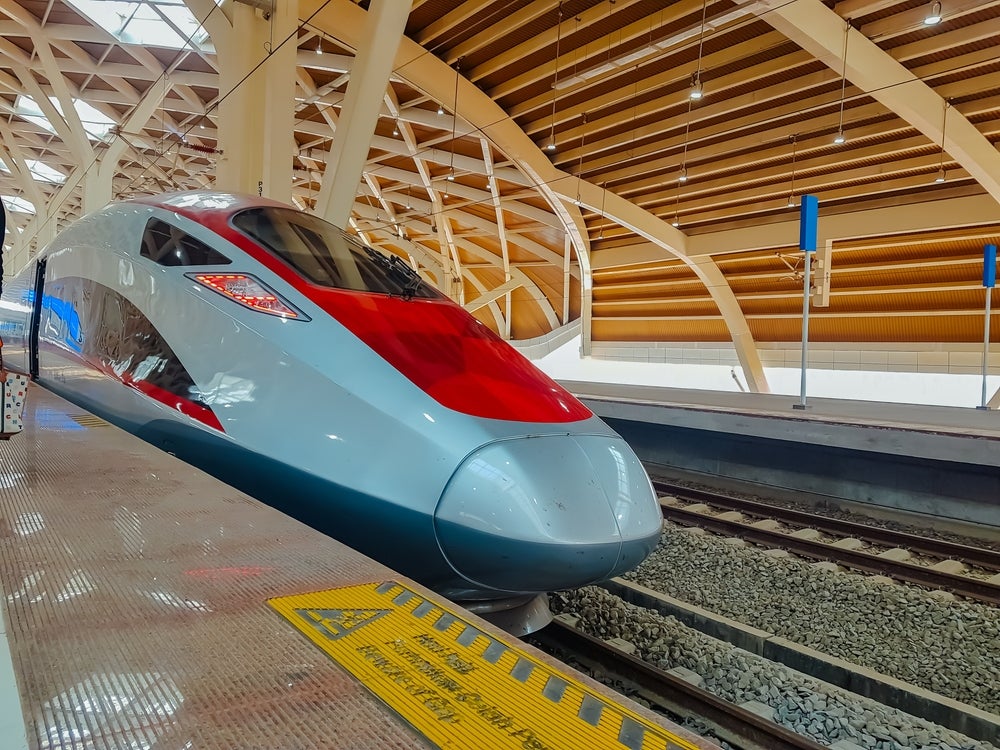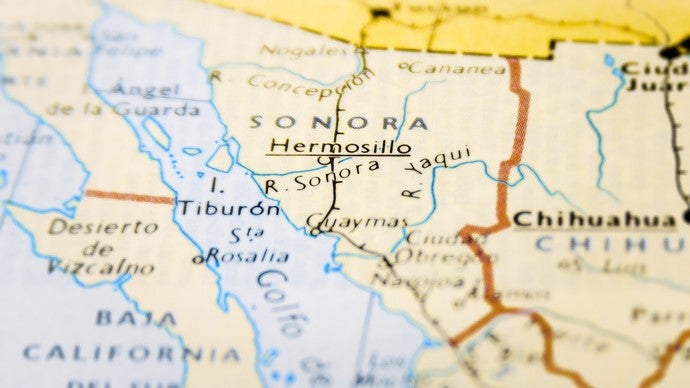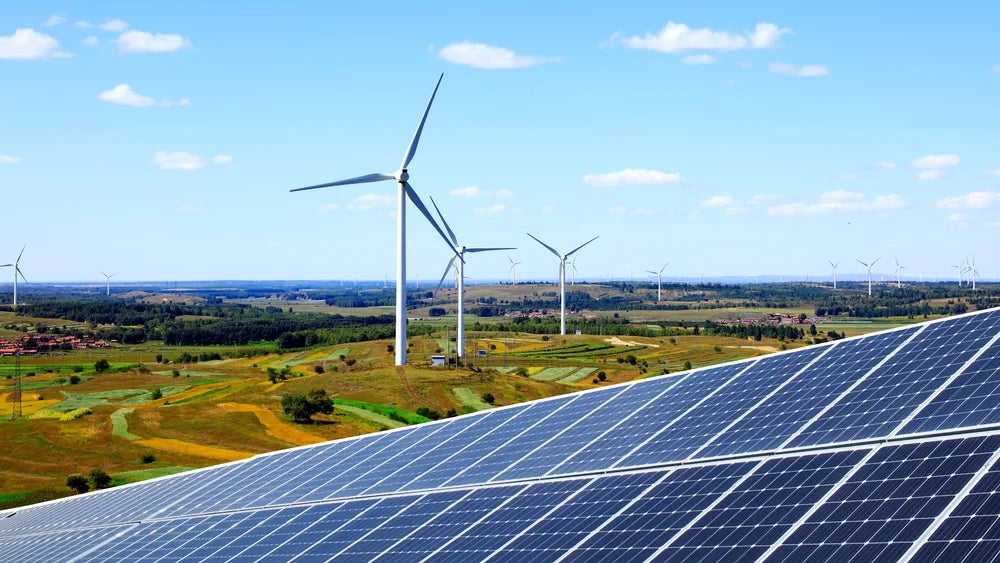Achieving national climate and energy targets will require adding or replacing 80 million kilometres of power lines worldwide by 2040, finds the International Energy Agency’s (IEA) first global stocktake of the state of the world’s electricity grids. This figure is equal to the entire existing global grid. A “lack of ambition and attention” to grid expansion risks making electricity grids the “weak link” within the clean energy transition, the IEA said.
Its report finds that the world’s electricity use needs to grow 20% faster in the next decade than it did in the previous one if countries are to meet climate goals.
Expanded grids are “critical” to the electrification and subsequent decarbonisation of many sectors, but specific emphasis falls on their necessary scaling up for electric vehicles (EVs) and electric home heating and cooling systems.
In a scenario in which countries’ national energy and climate goals are met on time and in full, wind and solar PV account for more than 80% of the total increase in global power capacity in the next two decades, compared with less than 40% over the past two decades, the report finds. In the IEA’s own net zero by 2050 pathway, wind and solar account for nearly 90% of this increase.
The report identifies a “large and growing” queue of renewables projects awaiting connection to national grids. Approximately 1.5TW of these are in advanced stages of development.
“The recent clean energy progress we have seen in many countries is unprecedented and cause for optimism, but it could be put in jeopardy if governments and businesses do not come together to ensure the world’s electricity grids are ready for the new global energy economy that is rapidly emerging,” IEA executive director Fatih Birol said in a press statement.
“This report shows what’s at stake and needs to be done. We must invest in grids today or face gridlock tomorrow.”
Grid expansion delays could significantly exacerbate climate change
A new scenario, called the Grid Delay Case and modelled for the report, finds that cumulative CO₂ emissions between 2030 and 2050 would be almost 60 billion tonnes higher if insufficient grid expansion results in slower rollout of renewables, principally due to a forced continued dependence on fossil fuel consumption. This is equivalent to the total CO₂ emissions from the global power sector over the past four years and would put the world on track to far exceed 2°C of global warming.
The IEA's report outlines several actions to prevent this. Governments must expand and strengthen domestic electricity networks and interconnections with other countries. The IEA recommends that governments back large-scale transmission projects and that grid operators embrace digitalisation.
Some governments have begun to focus attention on the expansion of their national grids. In August, the UK’s Electricity Networks Commissioner, Nick Winser, published a report setting out plans to aid the country in speeding up grid upgrades, finding that “every part” of the grid upgrade process “must – and can – be dramatically improved”. Energy Secretary Grant Schapps said at the time that the UK Government plans to halve the amount of time it takes for additional power lines to be built across the UK, although specific measures are yet to be laid out.
Birol stresses the importance of international collaboration within grid expansion. “Ensuring the developing world has the resources it needs to build and modernise electricity grids is an essential task for the international community,” he said.
“By mobilising financing, providing access to technology and sharing best practices on policies, leading economies can help improve people’s lives, strengthen sustainable development and reduce the risks of climate change.”














